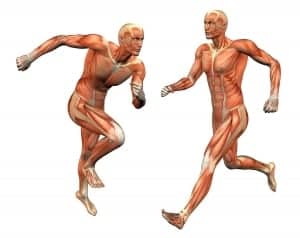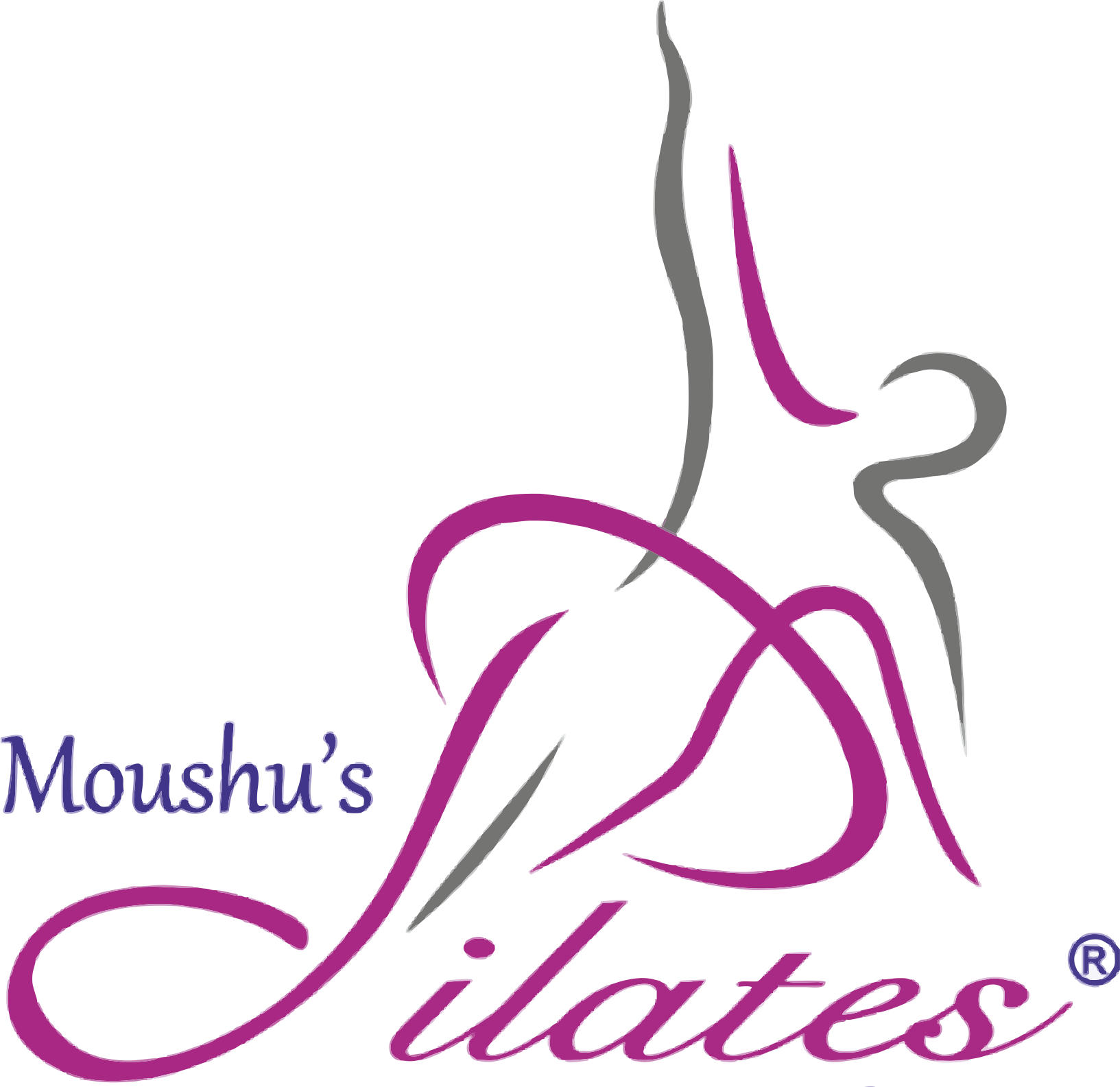Fascia 101: Fascia and Movement

Imagine your body creaking and cracking at every joint when it moves. It is so frustrating even to think about, isn’t it? Who doesn’t like to move like a well-oiled machine! If you get unexplained pain in your body, that tightness in your calf and the stiffness in your shoulders might not always be because of muscular weakness or inflexibility. A lot of it has to do with fascia. In the previous blog, we gave you a sneak peek into what fascia is and why it has gained more attention in recent years. Now, we will dive into the depths of its actual functioning and how fascia and movement are interlinked.
Composition of Fascia
Fascia, as we know is connective tissue. Connective tissue link muscles to muscles, bone to bone, bones to muscles, and they separate organs from one another and fill the gaps in our body. Basically, fascia encompasses all the parts we have learnt about in traditional anatomy.

All connective tissue is made up of cell, fibres and ground substance.
Cells:
The cells have a primary role to metabolise nutrients, manage the immune system, and degenerate and regenerate cells. For instance, bones that are specialised connective tissue have cells that are responsible not only for bone formation but also for bone degradation, which allows new and healthy cells to grow and be remodelled into the bone.
Fibres:
On the other hand, fibres provide structural integrity. Ligaments are a type of proper connective tissue which has fibres composed of elastin that give it the elastic component. As they link muscles to bone, this elastic component provides the muscles mobility. Whereas, tendons, which connect bone to bone has tougher fibres. It requires tensile strength to prevent it from cracking when the bones move.
Ground Substance:
The third component of fascia is ground substance. This is the fluid extra-cellular matrix in which all the cells are floating. It is responsible for lubrication and providing nutrition to the cells.
If this ground substance gets extra sticky and gummy, it becomes clumpy like porridge and restricts movements. The cells get less nutrition too, and the fibres have a tough time getting back to their shape on being deformed. So, it is very important for the ground substance to be fluid like honey. Not too runny, but still having some stickiness, so that your body has a spring in every movement.
Properties of Fascia

Depending on its composition, fascia has different roles to play in different parts of the body. And it is the properties of fascia which make these functions possible:
- Viscoelasticity: Fascia is viscous and elastic in nature. Viscosity defines its fluidity and elasticity defines its ability to stretch when force is applied. It is very much like slime.
- Vascular: It is populated with a lot of blood vessels and hence is important for wound healing and nutrition.
- Highly sensory: It is enervated with sensory receptors which help your body experience different sensations from its environment.
- Capacity to store and dissipate energy: It is a means for force transmission in the body. Apart from physical/kinetic energy, it also stores emotional energy.
Fascia in Movement

By now you have understood that fascia is everywhere and links everything in your body. You cannot ignore it. If you want these tissues to remain healthy, you need to provide it stimuli. And this stimulus comes through movement. It is really simple. Fascia has a symbiotic relationship with movement. Basically, each property of fascia makes certain movements possible and correspondingly, movement keeps the fascia healthy.
Here are some types of exercises you need to do for your fascia:
-
Balance Challenge:
Anything that challenges your balance, triggers your proprioceptors inside the fascia. It keeps the sensory nature of fascia functioning and your nervous system quick like a fox.
-
Strength Training:
Weight training or resistance training pushes the body to use its core to generate a force that transmits through the layers of fascia to produce movement. This movement could also mean lifting something heavy.
-
Jump work/ pulsing:
Any form of bouncing, vibratory or pulsing movements, like we do in the Pilates Barre class, are important to maintain the viscoelasticity of fascia.
-
Load bearing and closed chain:
The compression and release action of load-bearing exercises allows for better circulation in that part of the body.
In addition to these, myofascial release work helps relieve all the built-up tension in your fascia (physical and emotional). It makes your workouts more effective. It’s like taking Eno on a painful tummy. Look forward to this relief in our next blog.
The onus is on you
We weren’t made to be stationary. Our physiology demands movement. That is the only way to keep your body functioning optimally. As Dr Moushumi Kuvawala says, if you don’t use it you will lose it.
Don’t just stick to the same-old big-muscle-pumping. Add a variety of movements to your regular workout routine to keep your fascia healthy. Change the pace, learn to balance, jump and dance! Make your body powerful, yet flexible. It is not just about looking physically attractive, but being pain-free and functioning at your optimum.
Join our Pilates classes where we incorporate strength training, mobility work, pulsing and myofascial release work too.
A writer and Pilates instructor by profession, and a lawyer by education, Tarannum is passionate about art, travel, fitness and food. She has been practicing Pilates for the past five years at Moushu’s Pilates Studio and has experienced the transforming effects of it on her body, firsthand.
